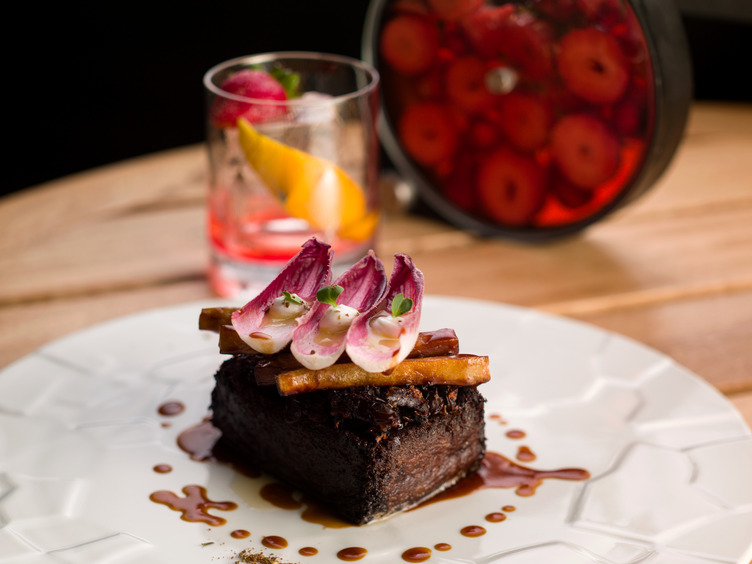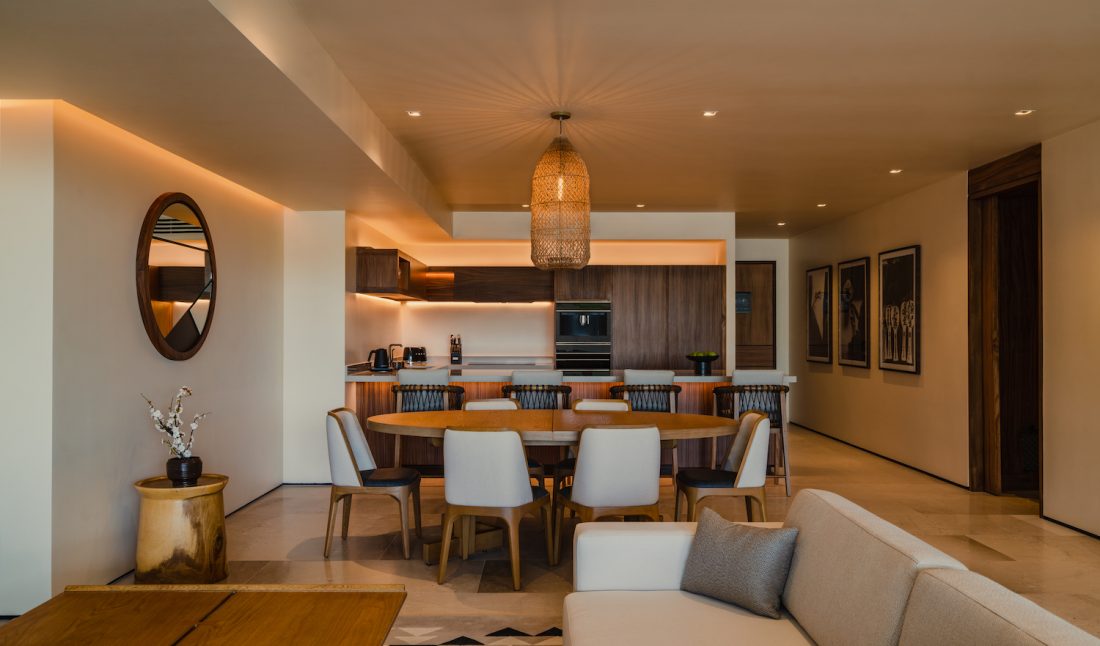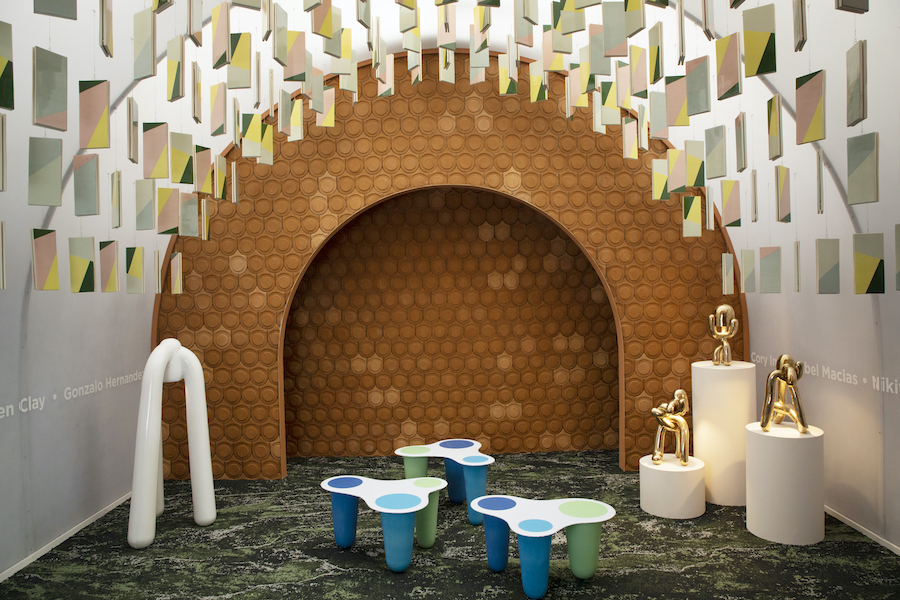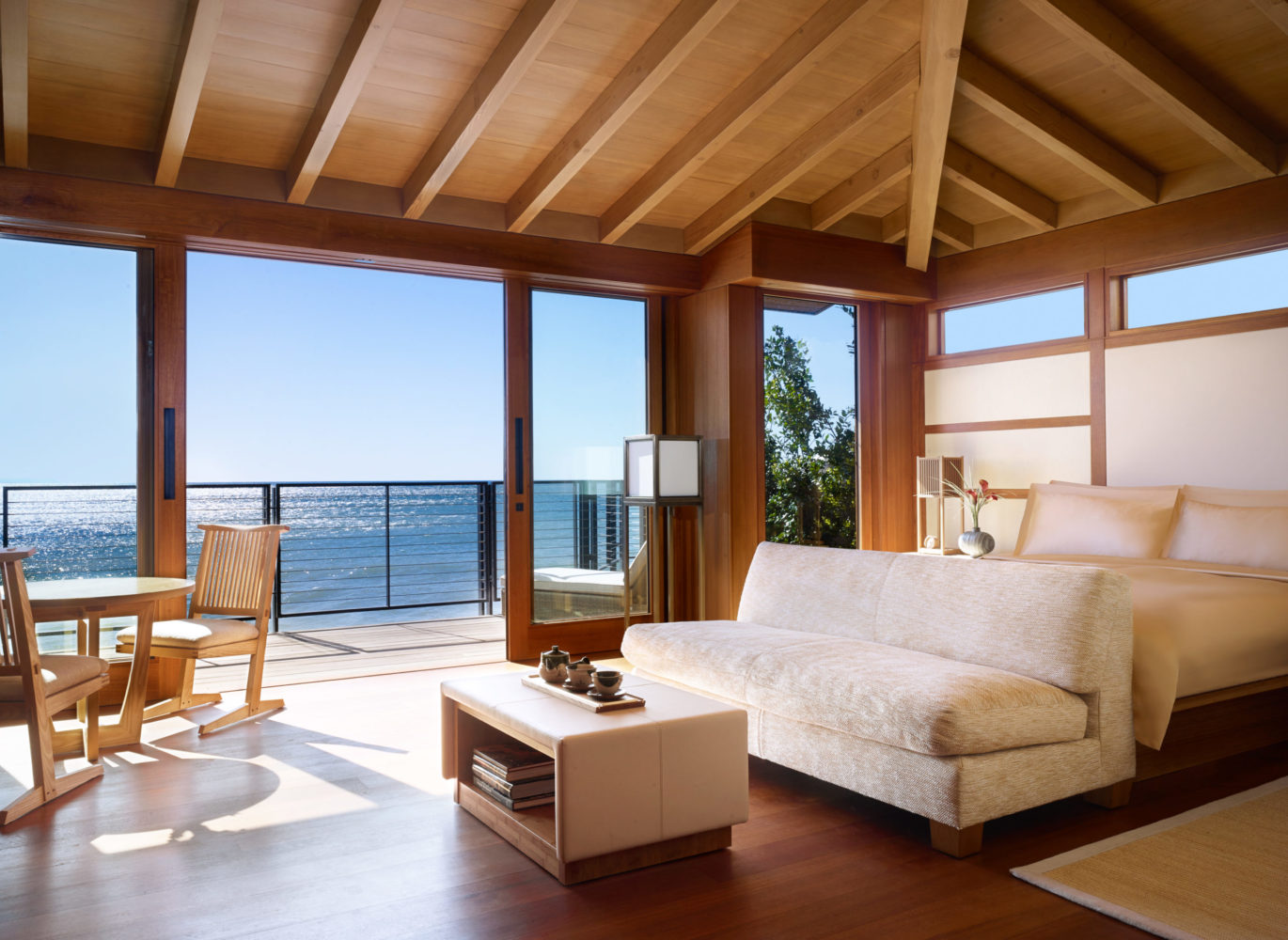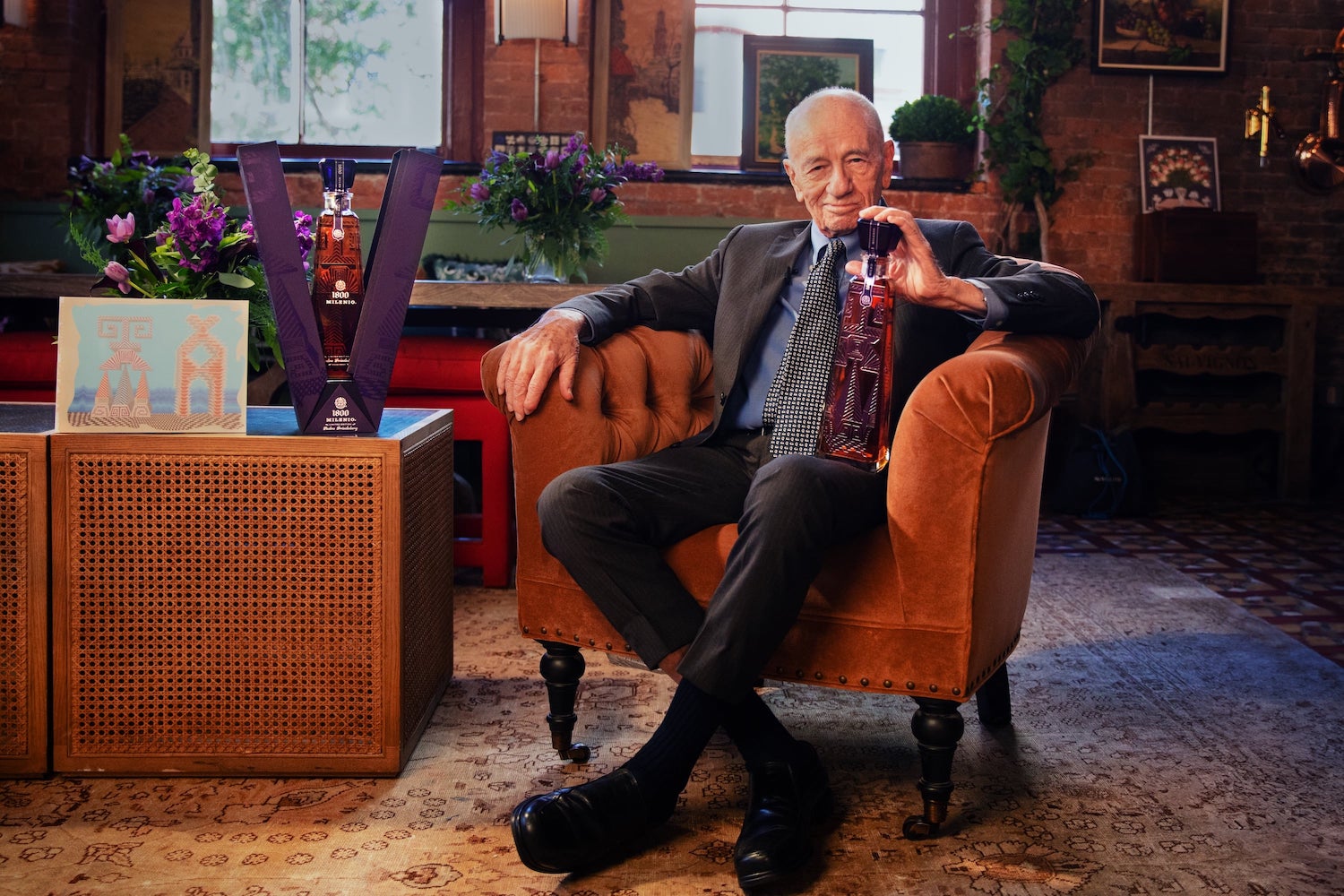Nobu Hotel Los Cabos Expands Its Luxury Living Ethos with Residences
At the southernmost tip of Cabo San Lucas shines Nobu Hotel Los Cabos—a 200-room hospitality beacon that blends minimalistic Japanese design and tradition with breathtaking views, sumptuous cuisine, and world-class amenities. Renowned for its luxurious atmospheres and culinary excellence centered around the iconic Nobu brand, the hotel was imagined by the world-famous Japanese chef, Chef Nobu Matsuhisa, and co-founders Robert De Niro and Meir Teper. With its design spearheadedby Wimberly Allison Tong & Goo (WATG), and interior spaces envisioned by Studio PCH, the property embraces the surrounding natural environment with warm materials and thoughtful touches—cue the open spaces, natural color palette, clean lines, teak wood bathtubs, and more.
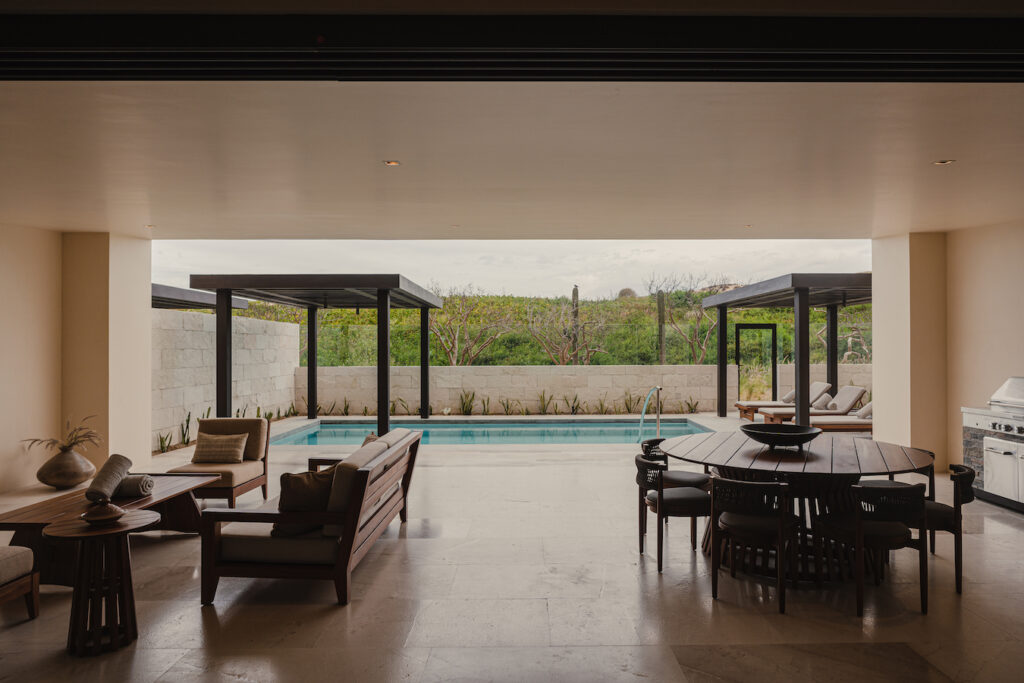
Tranquility Found at Nobu Residences Los Cabos
Most recently, the hotel expanded its horizons by introducing a residential concept named Nobu Residences Los Cabos. Located on-site yet down its own corridor, it offers 60 residency-style suites with services and spaces that blend the comforts of a private home with the ease of a hotel stay. One-bedroom accommodations, Hikari, feature either a garden or golf course view; two-bedroom spaces, Asahi, also showcase either a garden or golf course view; three-bedroom spaces, Sakyü, feature a private pool; and four-bedroom suites encompass private terraces. Regardless of size, each space boasts garden and golf course views, spacious floorplans with open kitchens and separate living rooms, balconies, and handcrafted furniture brought to life by locally sourced materials.
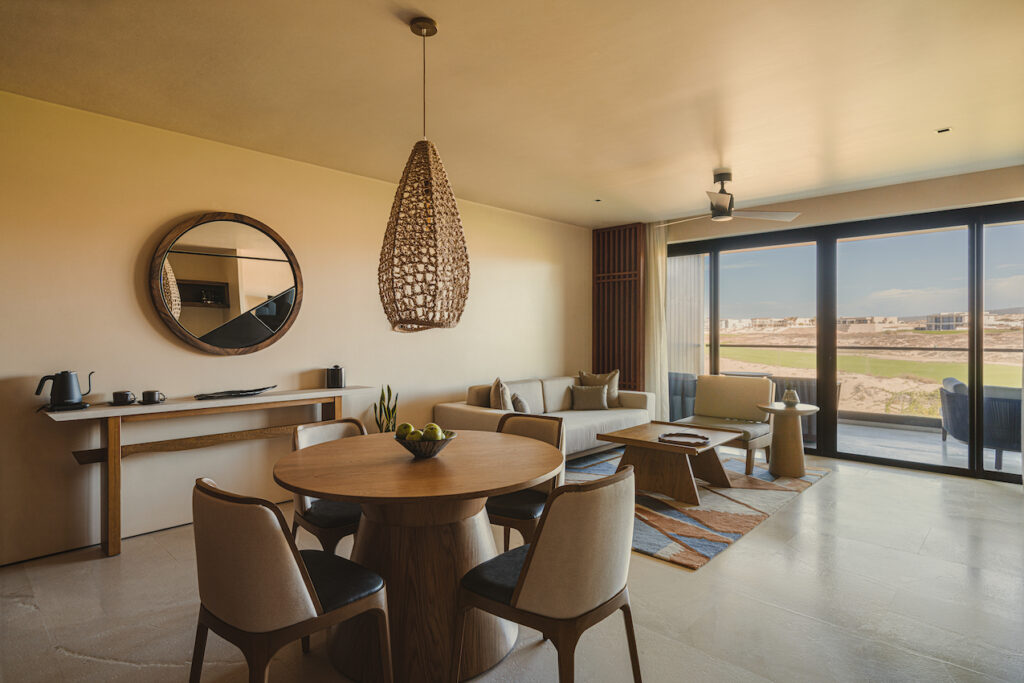
In addition to having access to the hotel’s facilities—including its four pools, the Esencia Wellness spa, two new pickleball courts, event and meeting spaces, retail stores, and an array of food and beverage venues—guests of the residence wing also partake in exclusive amenities, including the Esencia Onsen, an expansive spa and wellness space, a fitness center, and more.
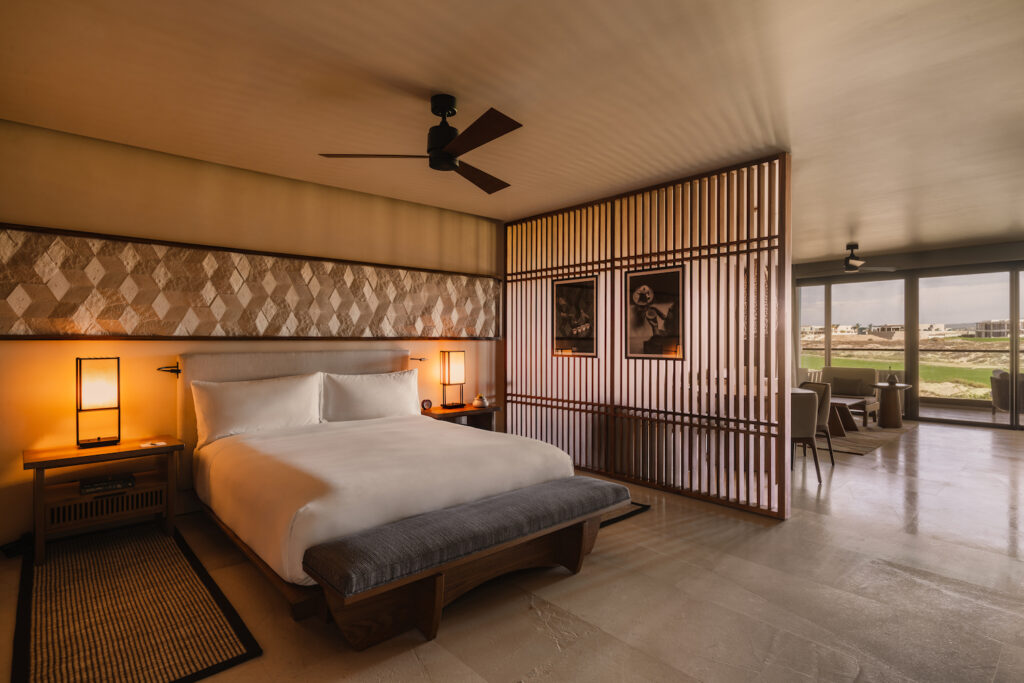
“Our residences represent a step in the direction of offering more to our guests, creating an environment that is perfect for longer stays and more extravagant experiences,” said Dallas Stafford, Nobu Residences Los Cabos Project Director. “Cabo was the perfect location for this launch due to its unbelievably consistent weather, local culture, and beauty. It is one of the most desired locations in the world to travel and frequently welcomes repeat visitors.
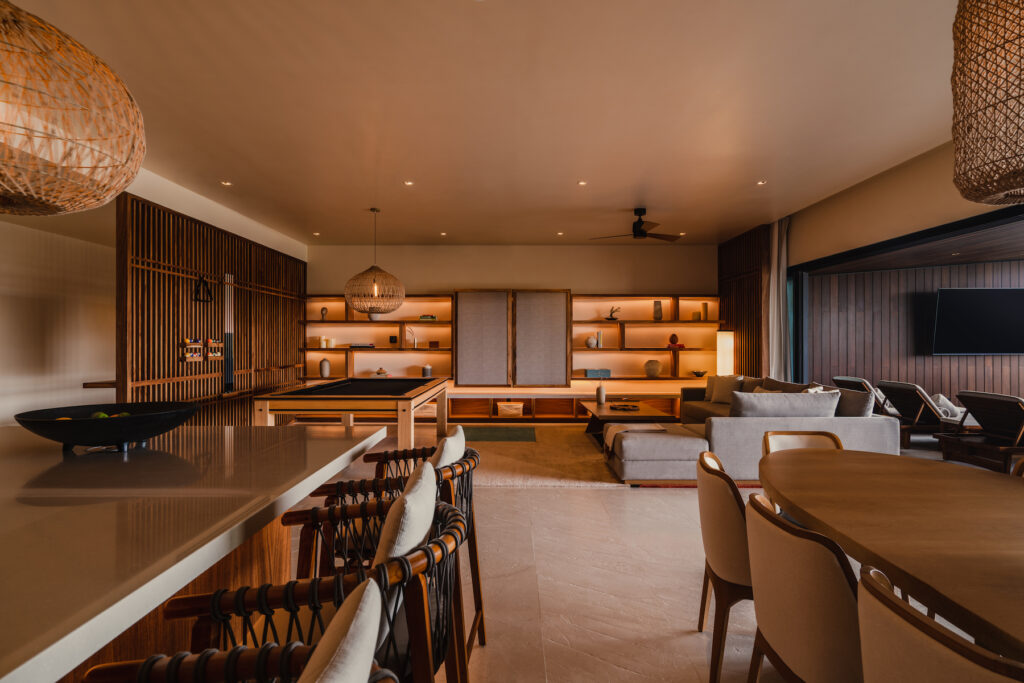
Gastronomical Excellence at Muna
Furthering its vast offerings of food and beverage, the hotel also recently opened a new rooftop dining concept that includes two destinations: Muna Restaurant and M Bar. Under the direction of Executive Chef Paolo Della Corte, Muna Restaurant serves Mediterranean-style plates—like Norwegian Salmon Tartare with Kolikof Caviar, Charcoal Oven Italian Branzino from Italy with Crudité and Clams, Short Rib Glazed with mosto de uva, and more. And down the hall, M Bar greets guests to exquisite cocktails and an unforgettable view of the ocean’s horizon.
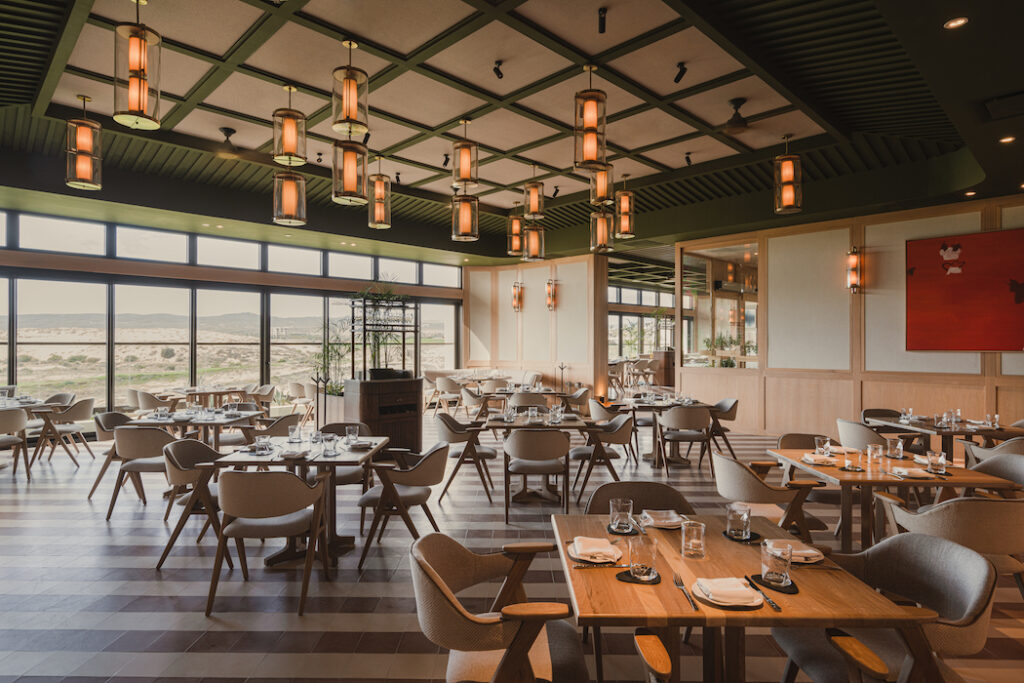
Whitewall spoke with the hotel’s Residence project director, Dallas Stafford, Studio PCH’s principal, Séverine Tatangelo, and the executive chef of Muna, Paolo Della Corte, about creating memorable design, gastronomy, and hospitality elements at the property’s every turn.
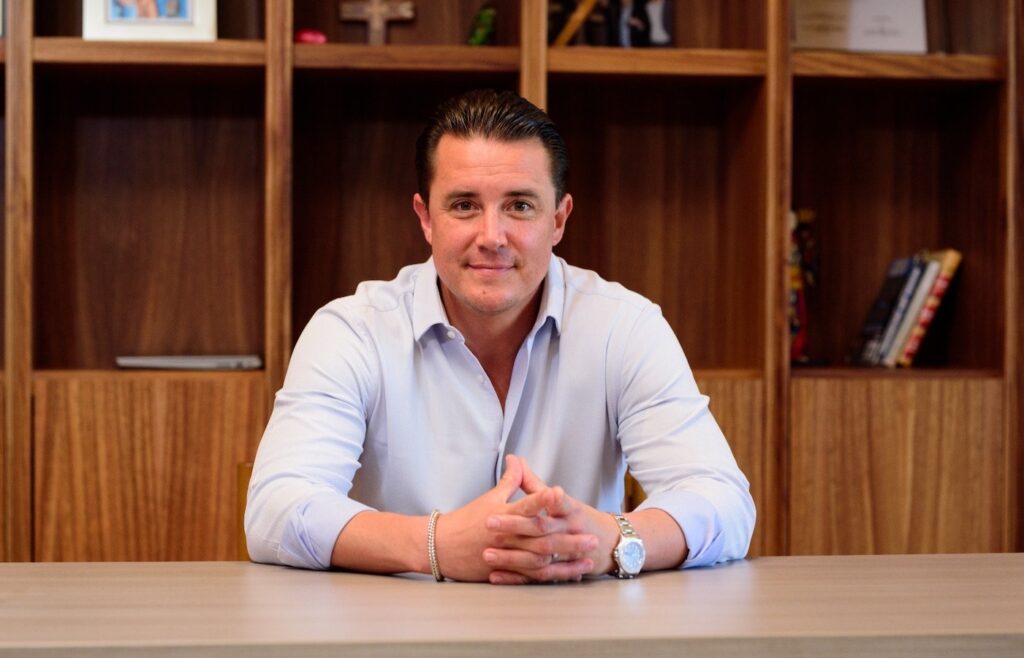
WHITEWALL: Dallas, what do you feel having a Residence wing gives Nobu customers that’s new?
DS: The Residences provide a new option for our guests, and are a type of accommodation that fulfill the changing needs of our guests’ evolving lives. They can now bring family, friends, or associates along with them on their travels. Additionally, our guests who appreciate their privacy will love the Residences-exclusive amenities, such as the gym and Onsen spa.
WW: A lesser-known accommodation is having a private concierge assist you throughout your stay—from making off-site reservations to needing something special executed for an occasion. Why is going a step further than traditional expectations important to the property?
DS: Our standards of service are incredibly high in the hotel, and we will meet those same standards with a touch of personalization for each our of Residences guests.
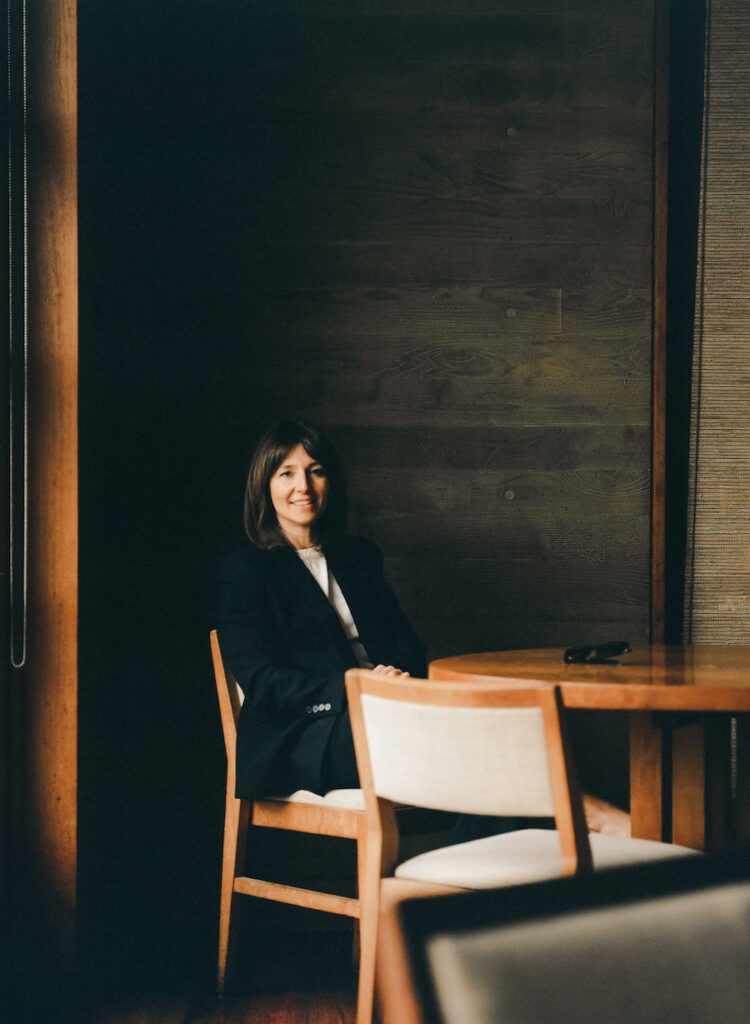
Architectural Elegance by Studio PCH
WW: Séverine, you’ve designed other Nobu properties. How did you approach designing this property to be unlike any others you’ve approached in the past?
SÉVERINE TATANGELO: This hotel embodies the authenticity of Mexico and its craftsmanship and draws inspiration from Japan. Clean and geometric lines of Japanese design are evident in every element, such as custom-made furniture, traditional wooden tubs, and wardrobe doors inspired by shōjis, but our team also incorporated traditional design elements and construction techniques that reflect the local culture and history. We enjoy the Mexican coast under the serene aura that characterizes Japan.
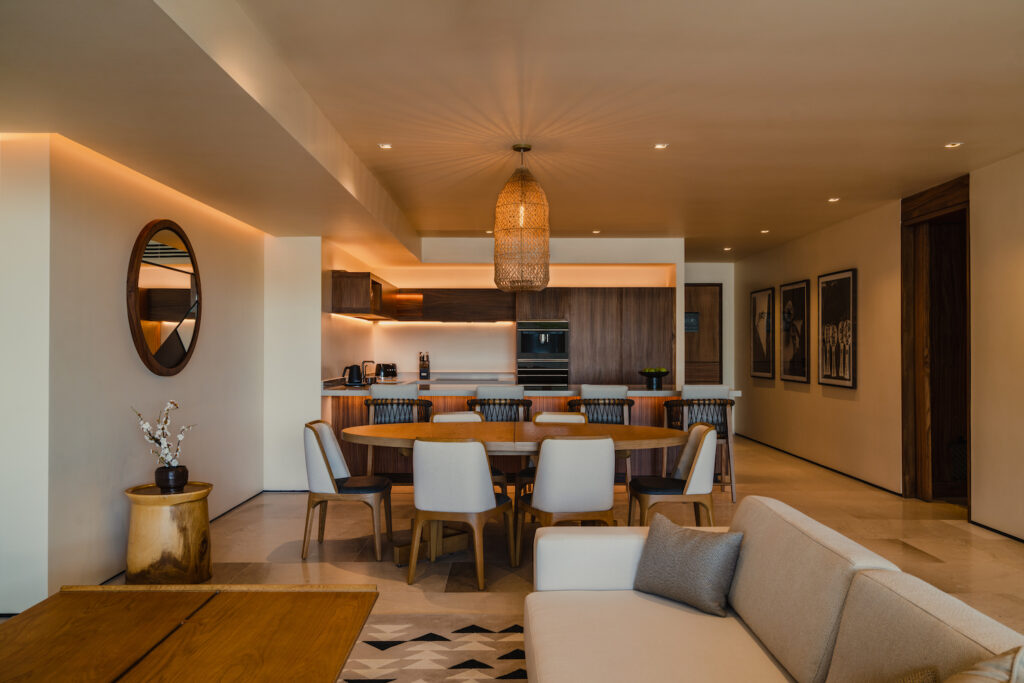
WW: How did the hotel’s surroundings inform the interior elements you chose—including materials, patterns, artworks, and furniture?
ST: The surroundings played a pivotal role in shaping our choices for materials, patterns, artworks, furniture, and more. To ensure an authentic and harmonious connection with the local vibe, our team embarked on a journey to Guadalajara. There, we handpicked accessories and engaged in numerous site meetings with contractors and skilled craftsmen.
Our attention to detail extends to the quality of materials and craftsmanship. We designed custom light fixtures, creating a unique and personal touch. The bathrooms, one of the essential spaces in this hotel, reflect the essence of the region. They feature spacious open showers, double vanities, and traditional onsen-style teak soaking tubs, all adorned with decor handcrafted by local artisans.
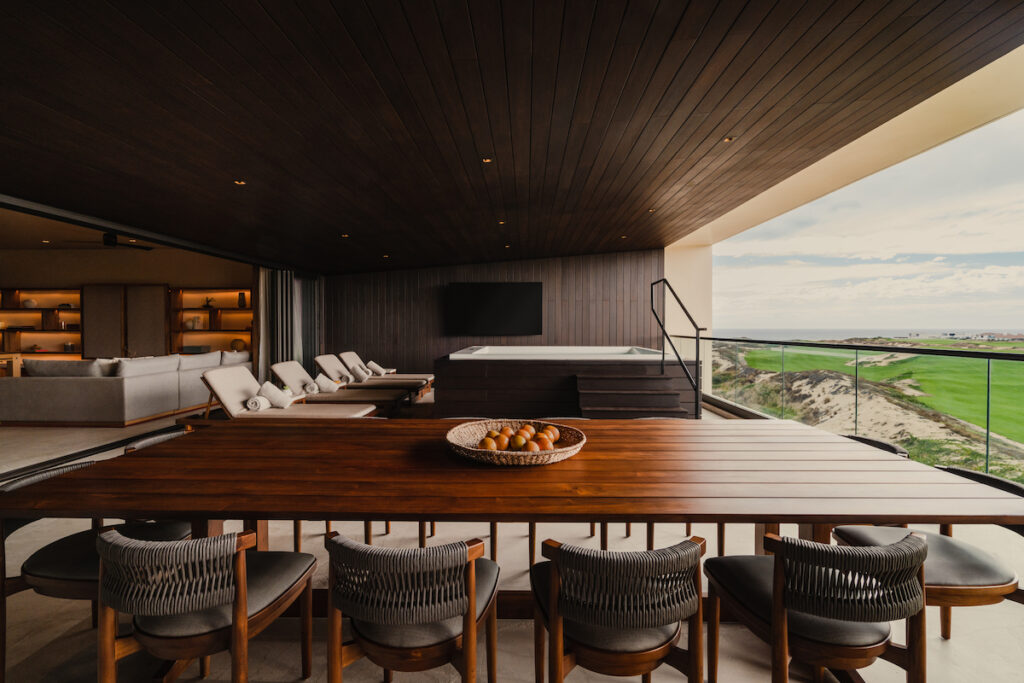
WW: At the hotel, we noticed other Japanese names like George Nakashima. Are there any other Japanese or Mexican designers or artists that fill the space, that tie it back to Mr. Nobu Matsuhisa—or the local region—craft-wise?
ST: Art plays an important role at Nobu Los Cabos, with each room adorned by at least two curated pieces. We collaborated with local and international galleries to infuse this project with a touch of fine art. During our search, we found artworks that convey a Japanese essence while embracing a vibrant Mexican color palette. One of our key partners was Saatchi Art Gallery, which helped us work with the talented artist Ikko Tanaka, whose pieces blend modernist principles and aesthetics with Japanese traditions. We also had the pleasure of featuring the captivating black and white photographs by Mark Edward Harris, illustrating Japanese culture. All of this artistic infusion is thoughtfully complemented by the inclusion of live-edge millwork, meticulously crafted furniture, and the presence of Mexican art, such as the Cabo-inspired macrame.
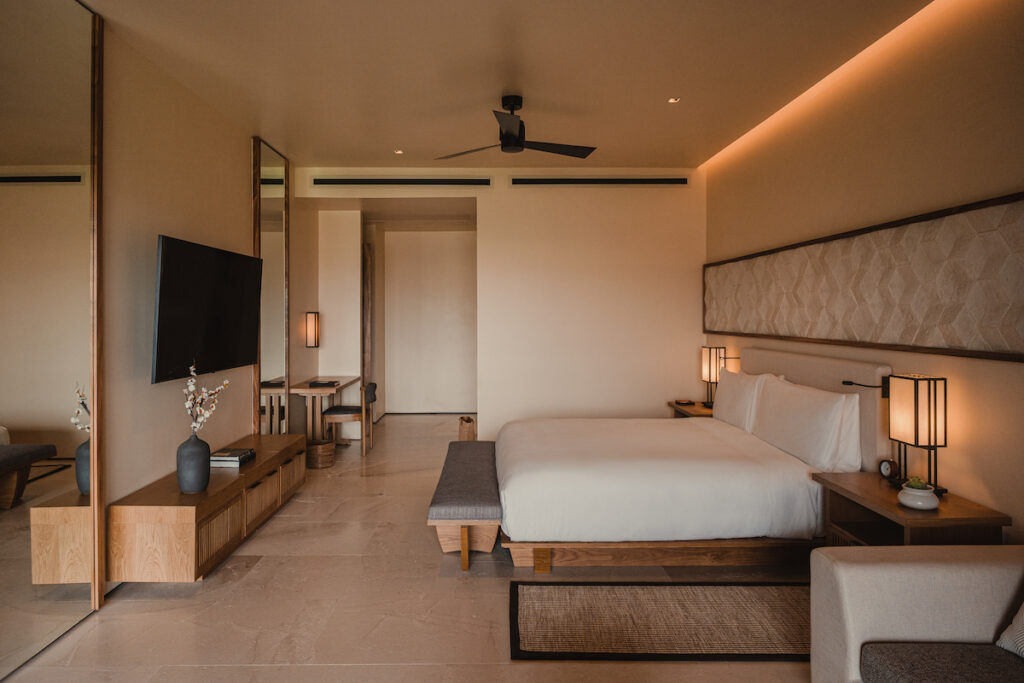
WW: The hotel is expansive, with lots of gorgeous nooks and crannies. What’s your favorite space?
ST: I enjoy so many places at Nobu Los Cabos but I think my favorite place is the Nobu restaurant, which is a true homage to the Nobu in Malibu. It is a captivating indoor-outdoor space. It achieves this by seamlessly blending a diverse array of materials, such as granite, the distinctive warmth of local Cabo stone, and the timeless charm of limestone. The use of teak and Ipe woods further enriches the ambiance, adding a touch of sophistication to the rustic allure of the surrounding environment. The design philosophy revolves around rectilinear forms and clean lines, which create a sense of understated sophistication. Neutral colors dominate the palette. Earthy materials like stone and wood not only evoke a deep connection to the local landscape but also embody a sense of tranquility and balance.
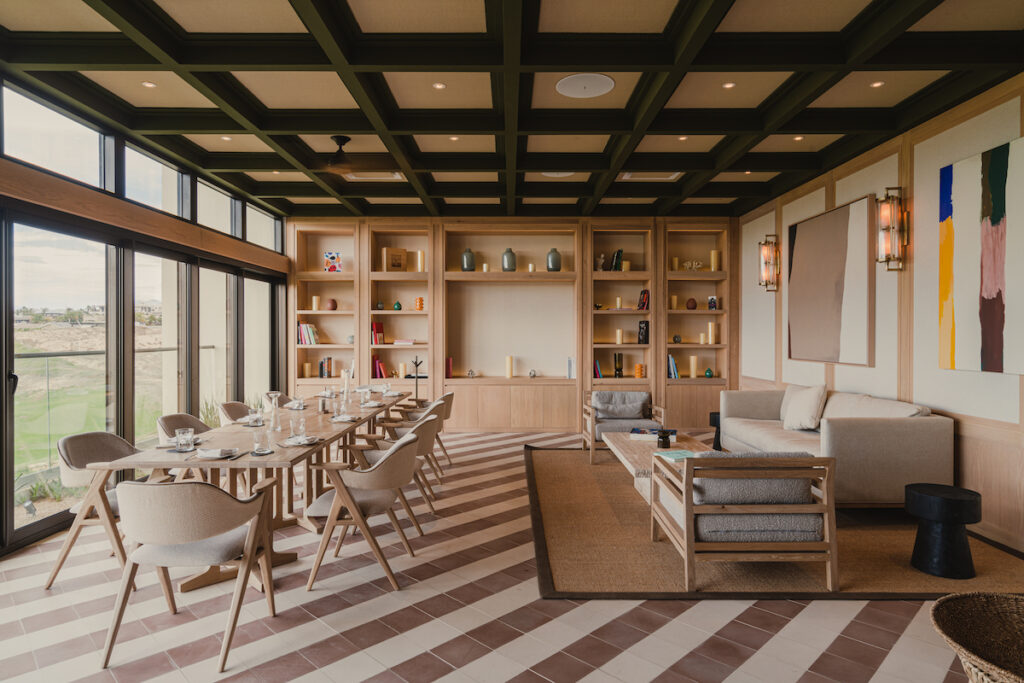
Meeting High Standards at Muna
WW: Paolo, the meal we had at Muna was unforgettable—for its presentation, its flavors, and its vast selection. How did you approach the menu?
PDC: Every time we create a menu, we try to ensure that a dish is not only aesthetic, but also a story is told through its flavors. The textures and flavors that make up each dish are integrated in a way that, when experienced together, lead to an evolution with each next dish and create an experience that is unique to our restaurant.
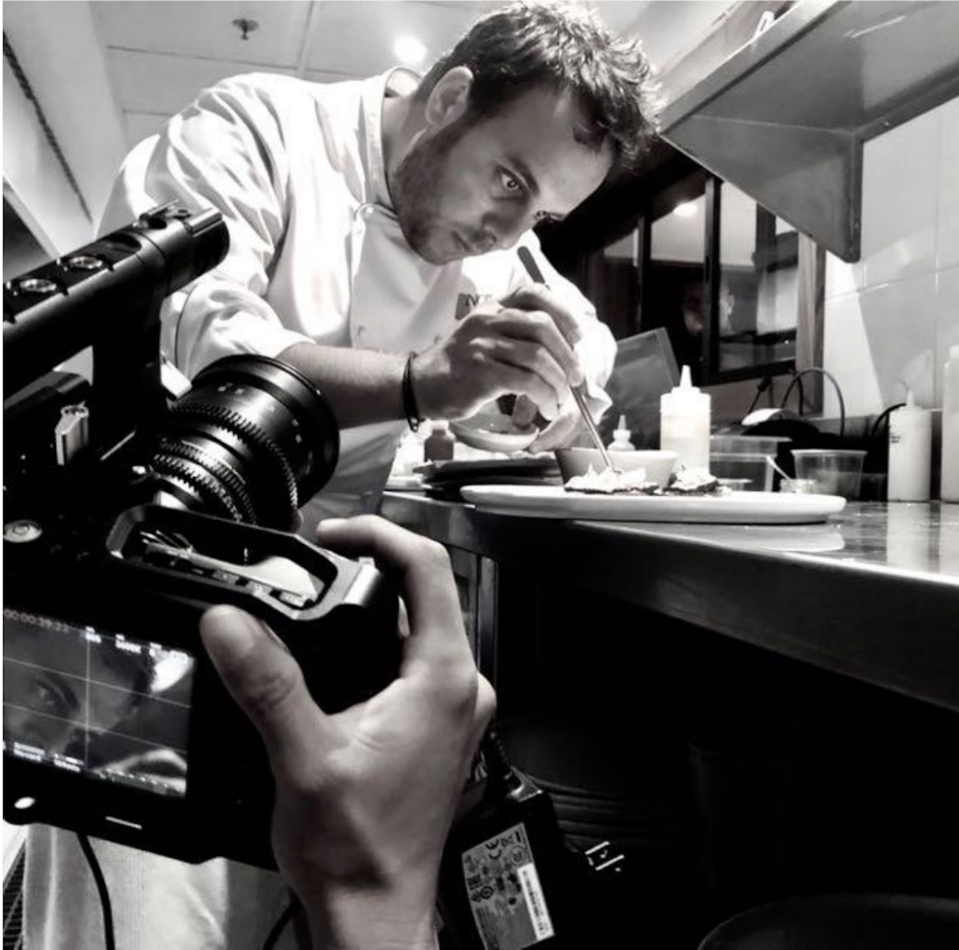
WW: It was also surprising, for its non-traditional flavors and techniques. What do you hope Muna’s menu says about the possibilities of food found in this region?
PDC: Muna is an expression of Mediterranean cuinsine with a unique interpretation from my previous experiences with Chefs in Europe, which allowed me to learn and develop techniques that I now transmit to create an unmatched menu, one where respect for the product is essential, thus giving value to each dish, where the smallest details are taken care of.
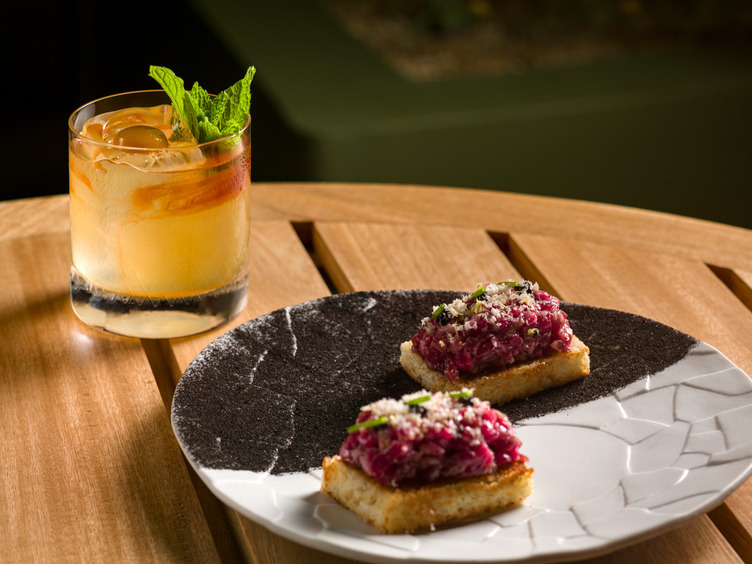
WW: You’re also the Vice President of Culinary at RCD Hotels. Can you tell us about your role there?
PDC: In simple words I advise all hotels gastronomically, looking for suppliers that meet our standards, seeking the constant evolution of our team in both food and beverage and kitchen. Likewise, I get involved in the creation of new restaurants, creating concepts that consider the guests of the locale to meet their needs while on vacation.
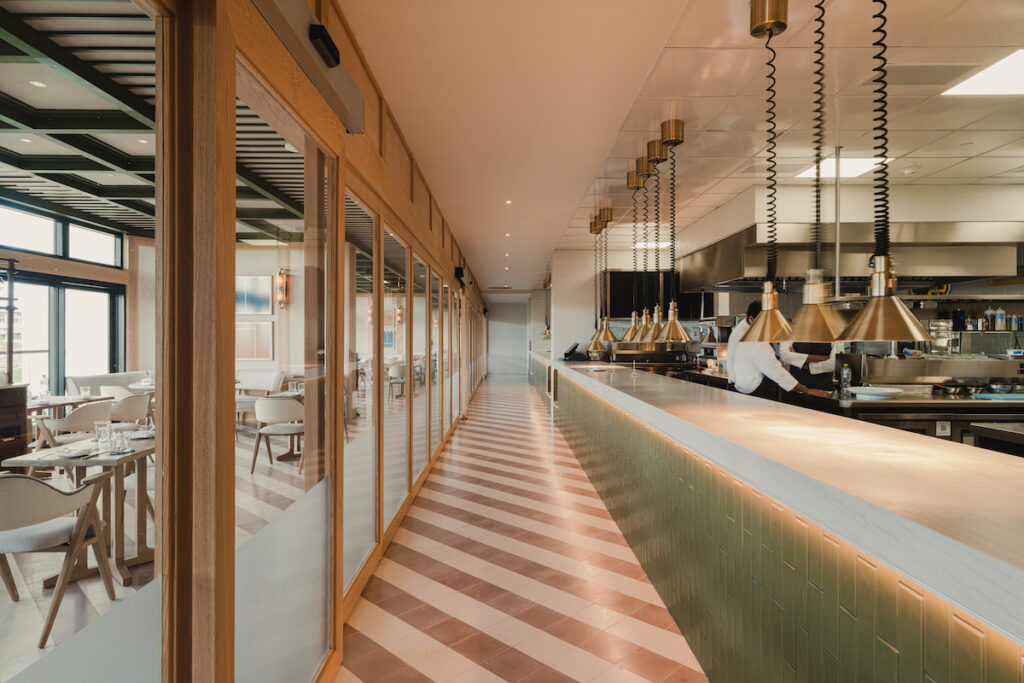
WW: Where do you hope the future of culinary is? How does Muna work toward that?
PDC: I hope the future of culinary lies within the constant evolution of cuisine, in creating experiences through all the senses, and in the dignity of restaurants and everything that involves. Absolutely, Muna takes care of the experience from the moment a guests makes a reservation, until they finish their meal and depart the restaurant. The high standards we live do not forget the essence of the people who make Muna a flagship restaurant in Los Cabos.
